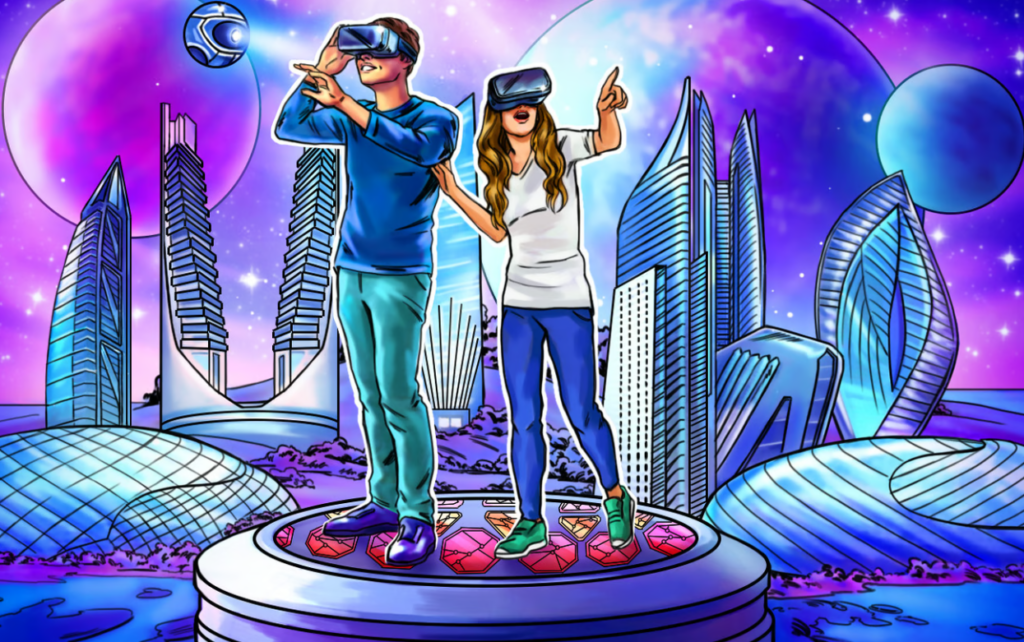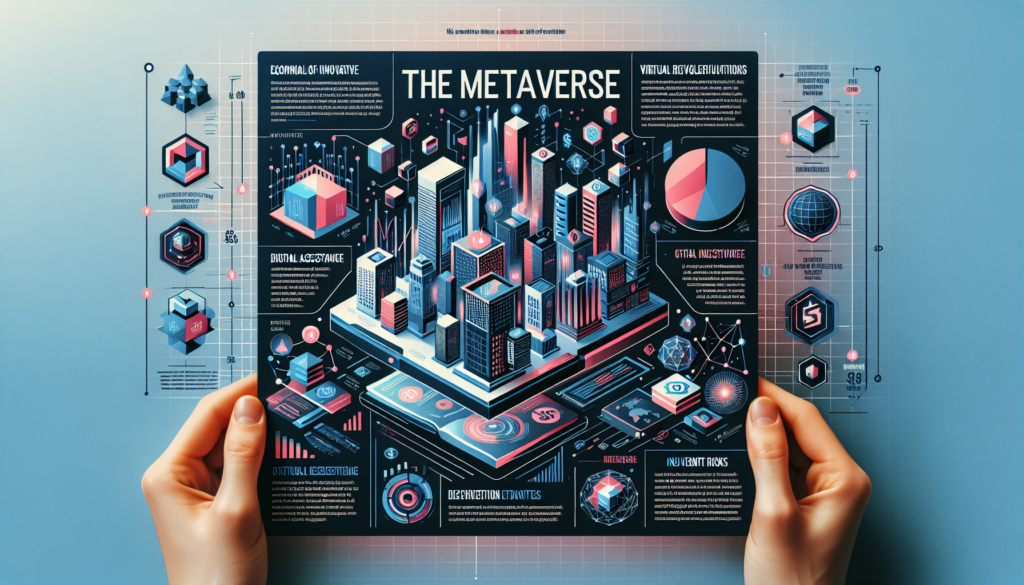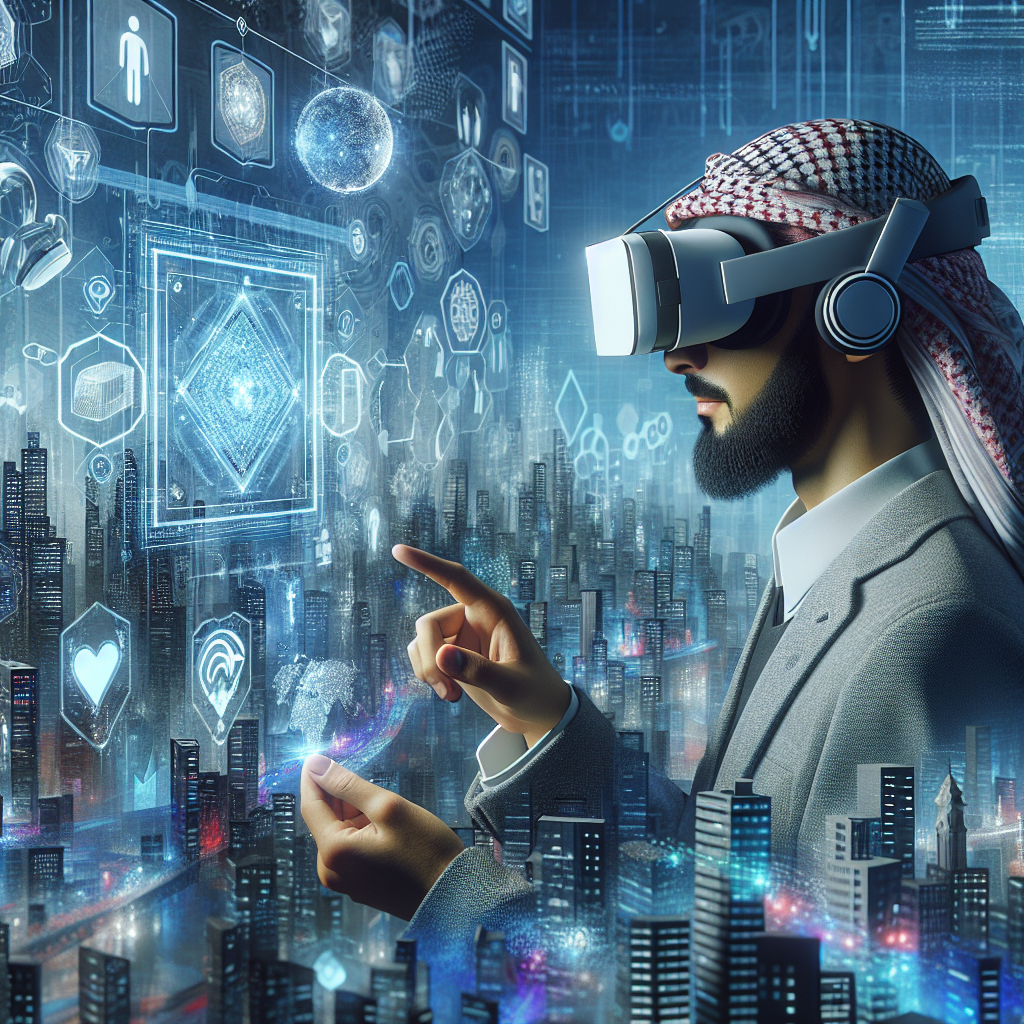
Introduction
McDonald’s, one of the world’s largest fast-food chains, has officially entered the metaverse with the launch of its first virtual restaurant. This bold move marks a significant shift in the company’s digital strategy, aiming to blend physical and digital dining experiences. By leveraging blockchain technology, augmented reality (AR), and virtual reality (VR), McDonald’s is positioning itself at the forefront of innovation in the fast-food industry.
What Is the Metaverse and Why Is McDonald’s Entering It?
The metaverse is a digital universe where users can interact, socialize, shop, and engage in various activities using avatars. This immersive online space is growing rapidly, attracting businesses from multiple industries, including retail, gaming, and entertainment.
McDonald’s entry into the metaverse aligns with its broader digital transformation strategy. The company sees this as an opportunity to engage tech-savvy customers, enhance brand loyalty, and tap into new revenue streams. By offering a virtual restaurant, McDonald’s aims to:
- Create a new, interactive way for customers to order food.
- Offer unique digital experiences, including NFTs and virtual events.
- Establish a presence in an emerging digital economy that is expected to be worth trillions in the coming years.
Features of McDonald’s Virtual Restaurant
The virtual restaurant in the metaverse offers an array of innovative features that go beyond just ordering food. Some of these include:
1. Virtual Ordering and Home Delivery
Customers visiting the virtual McDonald’s can place orders using their digital avatars. These orders can then be delivered to their physical addresses, bridging the gap between the virtual and real worlds. This seamless integration allows users to enjoy their favorite McDonald’s meals without leaving their metaverse experience.
2. Exclusive Digital Collectibles (NFTs)
McDonald’s is offering exclusive non-fungible tokens (NFTs) to customers who visit its metaverse restaurant. These digital assets may include:
- Limited-edition virtual merchandise.
- Collectible food-themed NFTs.
- Loyalty rewards that can be redeemed for real-world discounts.
3. Immersive Brand Experiences
McDonald’s is not just replicating its physical stores in the metaverse but creating unique, interactive experiences. Users can explore themed environments, play branded games, and even attend virtual events featuring celebrities and influencers. This enhances customer engagement and strengthens brand identity.
4. Social Interaction and Events
The virtual restaurant allows users to meet and interact with others in real-time. McDonald’s plans to host live music performances, brand collaborations, and exclusive promotions that can only be accessed through the metaverse.
How McDonald’s Metaverse Strategy Aligns with Market Trends
McDonald’s move into the metaverse is not an isolated experiment but a strategic response to evolving consumer behaviors and market trends:
1. Growth of Digital and Contactless Dining
The COVID-19 pandemic accelerated the adoption of digital ordering and delivery services. Many customers now prefer online food ordering, and McDonald’s virtual restaurant is an extension of this trend.
2. Rising Popularity of NFTs and Virtual Goods
NFTs and digital collectibles are becoming mainstream. By incorporating NFTs into its metaverse experience, McDonald’s is tapping into the growing digital asset economy and attracting younger, tech-savvy customers.
3. Expansion of Corporate Presence in the Metaverse
Several major brands, including Nike, Gucci, and Coca-Cola, have already established a metaverse presence. McDonald’s entry into this space ensures it remains competitive in an increasingly digital marketplace.

Challenges and Considerations
While the potential benefits of McDonald’s metaverse venture are significant, there are also challenges to consider:
1. Technological Barriers
Not all consumers are familiar with or have access to VR and AR technology. McDonald’s must ensure its virtual restaurant is accessible to a broad audience, including those using traditional web and mobile platforms.
2. Security and Privacy Concerns
The metaverse raises questions about data security and privacy. McDonald’s will need to implement robust cybersecurity measures to protect user information and transactions.
3. Adoption and User Engagement
It remains to be seen how many customers will actively engage with the virtual restaurant. McDonald’s must continuously innovate and offer compelling experiences to maintain user interest.
The Future of McDonald’s in the Metaverse
McDonald’s venture into the metaverse is just the beginning. Future developments may include:
- Expansion to multiple metaverse platforms like Decentraland and The Sandbox.
- Integration with blockchain-based payment systems, including cryptocurrency transactions.
- Virtual drive-thrus for seamless digital-to-physical food orders.
- Augmented reality experiences in physical McDonald’s locations.
Conclusion
McDonald’s opening of its first virtual restaurant in the metaverse signals a new era in fast-food digitalization. By merging the virtual and physical worlds, McDonald’s is creating innovative customer experiences that go beyond traditional dining. While challenges exist, the company’s strategic investment in the metaverse could redefine how people interact with brands in the digital age.
As the metaverse continues to grow, McDonald’s has the opportunity to set industry standards and become a pioneer in virtual dining experiences. The success of this initiative will depend on how well the company adapts to technological advancements and consumer preferences in the evolving digital landscape.




